Почему игрушки с высокой контрастностью полезны для новорожденных?
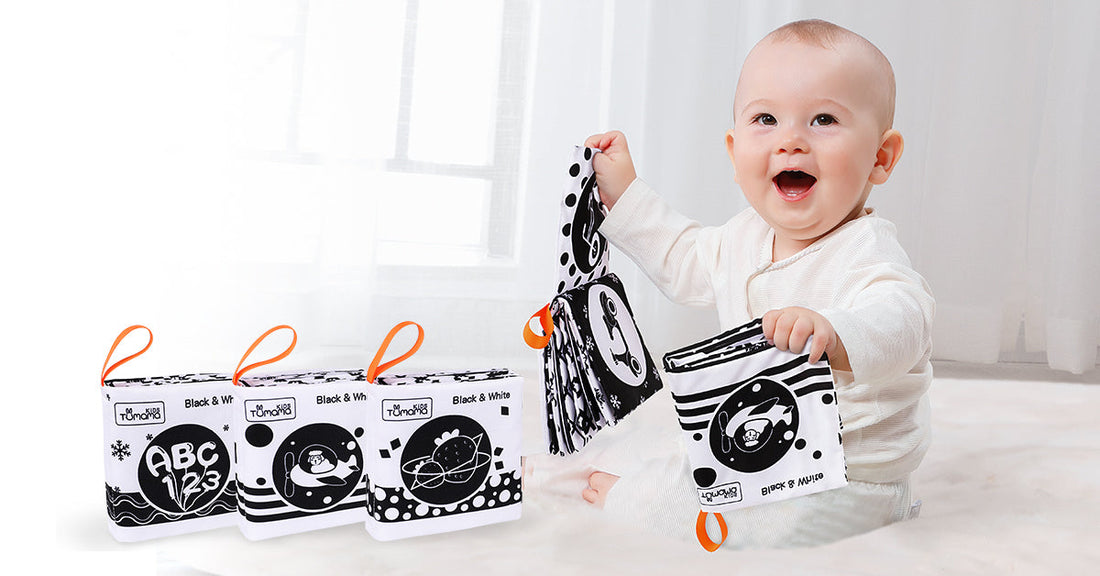
Знаете ли вы, что новорожденные не могут видеть цвета сразу после рождения? Многие родители задаются вопросом: «Когда дети начинают видеть цвета?» и почему черно-белые сенсорные игрушки для новорожденных так полезны. В первые несколько месяцев младенцы в основном видят черный, белый и оттенки серого, причем красный часто является первым цветом, который они могут различать примерно в возрасте 4-5 месяцев. Этот увлекательный аспект развития зрения младенца объясняет, почему высококонтрастные изображения играют решающую роль в первые месяцы.
Как развивается зрение у младенцев
Понимание того, когда дети начинают видеть цвета, помогает родителям обеспечить правильную визуальную стимуляцию. В течение первых нескольких месяцев дети могут фокусироваться только на объектах, находящихся в 8-12 дюймах от их лица, и мир кажется размытым. Так могут ли новорожденные видеть цвета? Поначалу нет — их зрительные способности ограничены различением высококонтрастных узоров, поэтому узоры на черно-белых книгах так привлекательны и полезны.
Наука, лежащая в основе высококонтрастных изображений
Когда дети видят высококонтрастные узоры, их сетчатка посылает сильные сигналы в мозг, стимулируя быстрое визуальное развитие. Эти сигналы помогают детям сосредоточиться и начать обрабатывать то, что они видят, что в свою очередь укрепляет нейронные связи в зрительной коре. Таким образом, высококонтрастные игрушки и книги являются одними из лучших цветов для развития мозга ребенка, обеспечивая необходимую поддержку для роста глаз и мозга.
Преимущества высококонтрастных игрушек и книг
Высококонтрастные игрушки и книги специально разработаны для улучшения развития глаз ребенка. Вот несколько преимуществ:
- Укрепляет мышцы глаз: Помогая детям сосредоточиться, черно-белые сенсорные игрушки способствуют развитию глазных мышц.
- Улучшает способность отслеживания: Когда дети следят за формами и узорами на высококонтрастных игрушках, у них развиваются лучшие навыки отслеживания.
- Стимулирует когнитивное развитие: Эти игрушки помогают малышам распознавать узоры и формы, создавая основу для будущего обучения.
- Способствует установлению связей и раннему общению: Использование высококонтрастных книг во время чтения укрепляет связь между вами и вашим ребенком, одновременно развивая языковые навыки и навыки раннего общения.
Практические советы по использованию высококонтрастных игрушек и книг
Лучшие практики
- Расположите игрушки или книги на расстоянии 8–12 дюймов.: Это диапазон, на котором младенцы могут лучше всего сосредоточиться.
- Используйте контрастные игрушки во время выкладывания ребенка на животик.: Время, проведенное на животе, имеет важное значение, а контрастные игрушки делают его более интересным.
- Двигайте игрушки из стороны в сторону.: Медленное перемещение игрушек из стороны в сторону стимулирует зрительное слежение и концентрацию внимания.
- Выбирайте тихие, бодрые периоды: Ваш ребенок будет более восприимчив к визуальной стимуляции, когда он спокоен и внимателен.
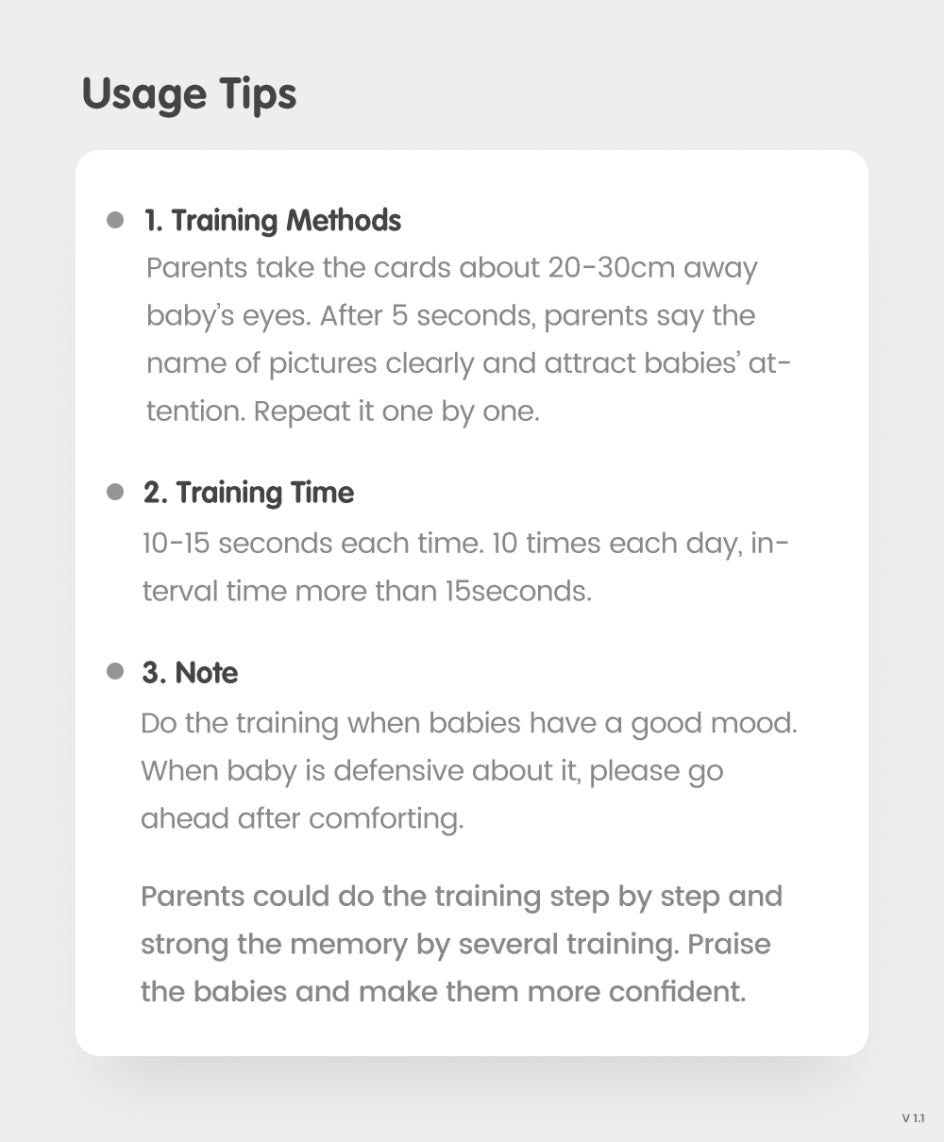
Максимально эффективное использование высококонтрастного игрового времени
Контрастные игрушки и книги можно легко включить в повседневную жизнь:
- Сеансы на животе: Используйте эти игрушки, чтобы сделать время, проведенное на животе, более интересным.
- Чтение рутины: Включите высококонтрастные книги в ежедневное время чтения или сделайте их частью утреннего и вечернего ритуала.
- Гибкое использование: Высококонтрастные игрушки наиболее полезны в первые 4–5 месяцев, но вы можете продолжать использовать их до тех пор, пока интерес вашего ребенка не сместится в сторону более сложных узоров.
Для оптимальной пользы старайтесь начинать с высококонтрастных игрушек и книг с рождения. Сочетание их с другими развивающими занятиями может помочь дополнить сенсорно-богатую среду.
Помнить: Каждый ребенок развивается в своем собственном темпе.Высококонтрастные игрушки и книги полезны для развития зрения, но они являются лишь частью сбалансированной сенсорной среды.
Включение в повседневную жизнь контрастных книг и игрушек способствует развитию зрения вашего ребенка в эти месяцы формирования.
Если у вас есть опасения по поводу развития зрения у вашего ребенка, обязательно проконсультируйтесь с педиатром.
3Высококонтрастные книги для вашего малыша:
черно-белые развивающие книжки животные, фрукты, овощи обучающие игрушки набор
высококонтрастная напряженная книга
Высококонтрастные черно-белые флэш-карты
Более подробную информацию об исследовании можно найти в следующей литературе.
Чтобы глубже изучить науку о детском зрении и важность высококонтрастных стимулов, ознакомьтесь со следующими исследованиями:
- Чен, Дж. С. (2021). За пределами черного и белого: хейбаика, нейрородительское воспитание и непрофессиональная нейронаука. Биологические общества, 16(1), 70-87.
- Фантц, Р.Л. (1963). Зрение у новорожденных. Наука, 140, 296–297.
- Хейнлайн Л. и Лемериз Э. (1982). Сканирование младенцами геометрических фигур разного размера, Журнал экспериментальной детской психологии, 33(2), 235-256.
Эти исследования дают ценную информацию о зрительных способностях новорожденных и значении высококонтрастных рисунков для поддержки их развития.




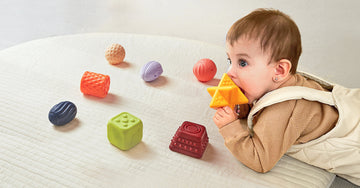


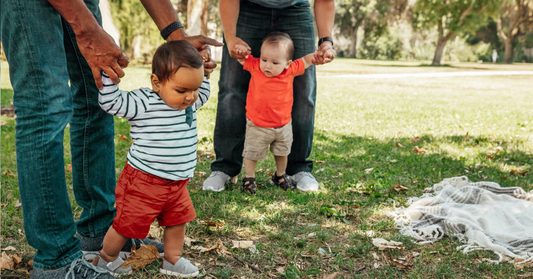
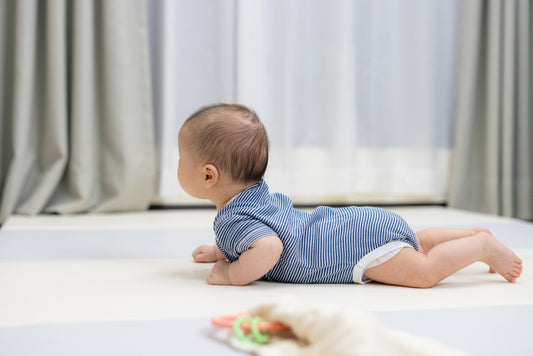
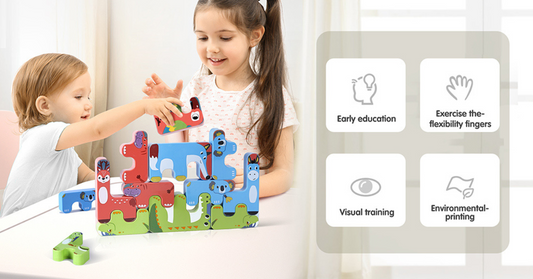
0 комментарии